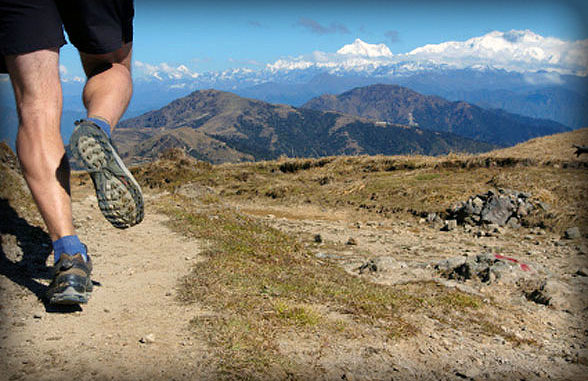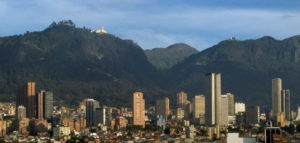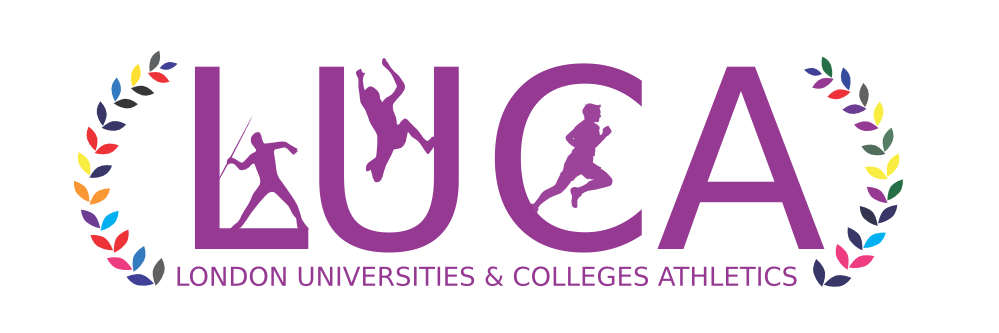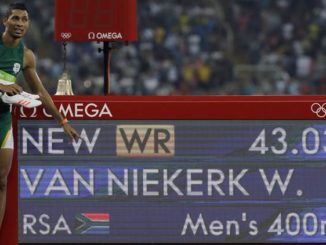
Altitude tents; elevation training masks; training programmes with names like ‘Airfit’; shots of concentrated beetroot juice taken in conjunction with training and hours before a race. These days if one wishes to get a legal edge when competing, there are many options to choose from. How effective are they? I’ll leave that for you to decide.
The common theme is muscle-enhancement, achieved by altering blood and oxygen flow to them. In simple terms, with the same effort, one can theoretically go faster thanks to these various techniques and supplements. Given how much a good pair of trainers will set you back, it is of little surprise that some are willing to fork out a little extra in the hope that one of these methods will prove the difference and provide the means to reach that higher gear.
Yet all these techniques fall short of the benefits of regular running at high altitudes. Mo Farah may regularly sleep in a tent designed to mimic high altitude, thus ensuring he benefits from thinner air even when resting. However, even this high-tech gimmick can only provide a true edge if deployed in parallel to high-altitude training.
Yours truly recently travelled to Colombia; during my time there I was in and around the capital for almost two weeks. Bogotá sits at over 2,500m altitude, and I had the chance to go on a few runs up into the surrounding mountains. It was difficult to gauge whether I was struggling because of the relentless uphill slogs, but if there is one aspect of my running I work on religiously, it is hill-training. I can therefore say with near certainty that the extreme difficulty of the task – not to mention the unrelenting inner voice demanding that I stop immediately – were due to the thinner air and my being unaccustomed to it. I’ve rarely felt so uncomfortable during a run, and yet that feeling of complete and utter exhaustion is what many running junkies seek; it is the evidence that you are on your way to new personal heights (excuse the pun).

I repeated this run a few days later – though this time with a cold which did little for my performance. In Bogotá I ran 3 steep kilometres up the iconic Monserrate mountain, breaching 3000m of altitude at the summit. By this point I felt like I was already getting used to the thin air and accepted that my struggles during this last run were simply due to the sharp gradient. I had to duck and weave through a veritable throng of pious Colombians making their way up to the hilltop church in time for Sunday mass, but I was so close to my physical limits that I was secretly glad of this extra obstacle. I was having to stop regularly, which my drive for constant improvement normally forbids, but I was nevertheless excited by the prospect of returning to London (some 3km closer to sea level) with an extra edge that would hopefully enable me to exceed my previous performances in upcoming races.
Having tried the miracle beetroot juice shots and the elevation training mask, my two cents are that they don’t hold a candle to running at altitude. Unfortunately, we’re not all athletes of the calibre of Mo Farah and cannot always justify or afford trips to far-flung mountainous countries for such training. However, my advice to you is this: if you ever find yourself in such a place, be it for work or leisure, do not shun running on the pretext of thinner air (safety permitting). It will be gruelling, but at the very least it will show you what your body is capable of with a little unorthodox help. I only left Bogotá a month ago and fear I have already lost most of the benefits of training so high up. However, my running since getting back to London has felt faster, easier, and quite honestly, more enjoyable. As someone with a highly competitive streak, the struggle of running in Colombia was worth it just for the reminder that running can be a real pleasure.

